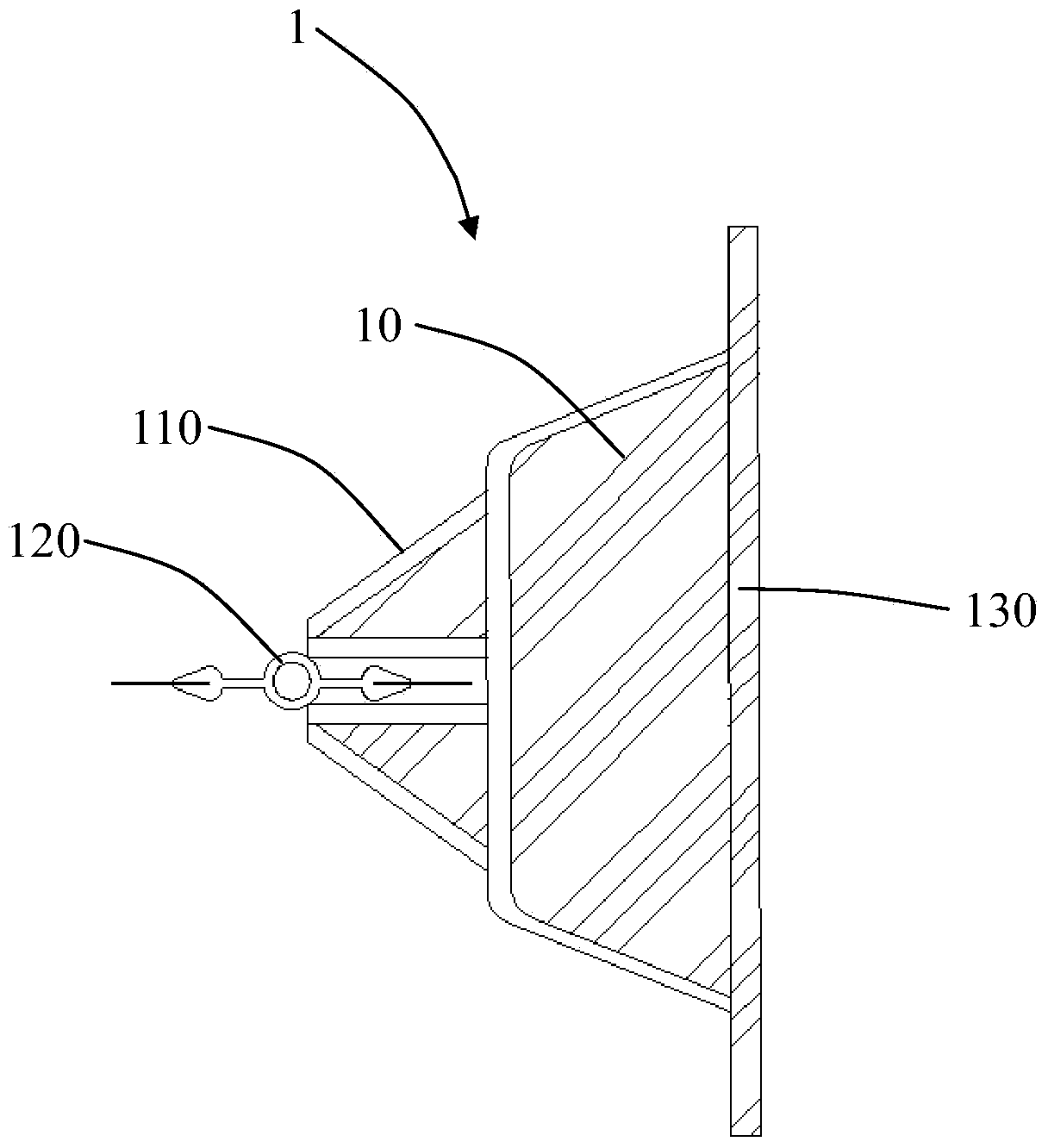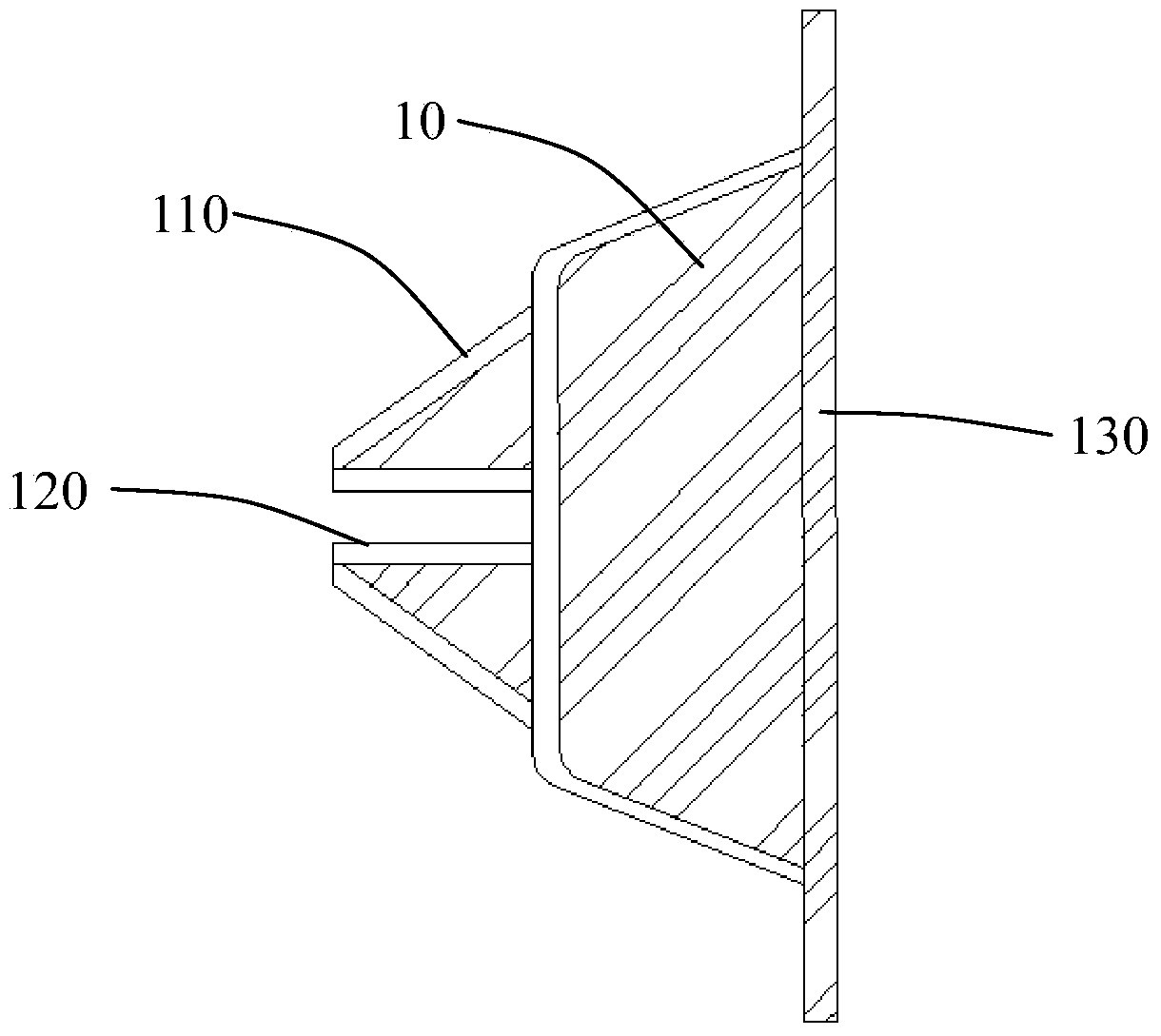GXJ underground continuous wall rubber waterproof connector tool and construction method thereof
A technology of underground diaphragm wall and construction method, which can be applied to water conservancy projects, artificial islands, underwater structures, etc., and can solve problems such as water leakage
- Summary
- Abstract
- Description
- Claims
- Application Information
AI Technical Summary
Problems solved by technology
Method used
Image
Examples
Embodiment Construction
[0031] In order to make the object, technical solution and advantages of the present invention clearer, the present invention will be further described in detail below in conjunction with the accompanying drawings and embodiments. It should be understood that the specific embodiments described here are only used to explain the present invention, not to limit the present invention.
[0032] Cooperate with reference Figure 1 to Figure 4 As shown, the GXJ underground diaphragm wall rubber waterproof joint tool 1 of the present invention is used to connect the front section construction groove section 2 and the rear section construction groove section 3 of the underground diaphragm wall, including:
[0033] A joint box 10, the end of the joint box 10 close to the front construction tank section 2 forms an end surface with a continuous turning curve 110 along the width direction of the tank section, and the end near the front construction tank section 2 along the A groove 120 is ...
PUM
 Login to View More
Login to View More Abstract
Description
Claims
Application Information
 Login to View More
Login to View More - R&D
- Intellectual Property
- Life Sciences
- Materials
- Tech Scout
- Unparalleled Data Quality
- Higher Quality Content
- 60% Fewer Hallucinations
Browse by: Latest US Patents, China's latest patents, Technical Efficacy Thesaurus, Application Domain, Technology Topic, Popular Technical Reports.
© 2025 PatSnap. All rights reserved.Legal|Privacy policy|Modern Slavery Act Transparency Statement|Sitemap|About US| Contact US: help@patsnap.com



